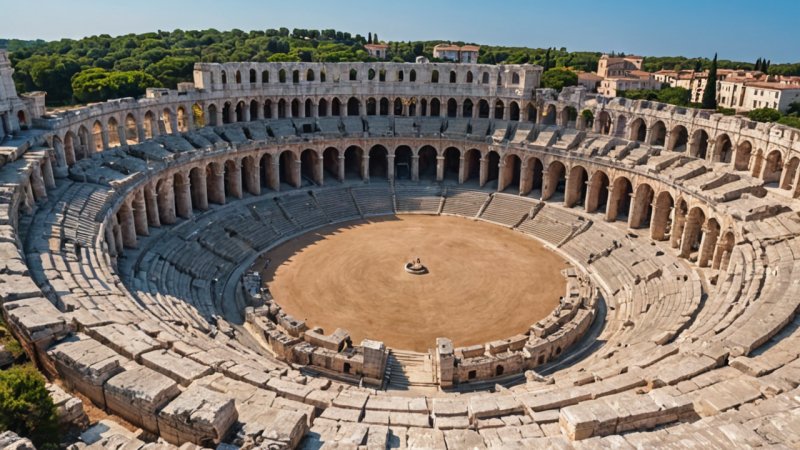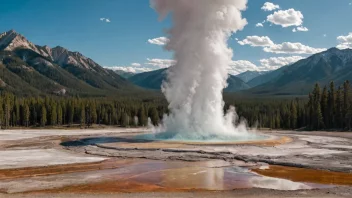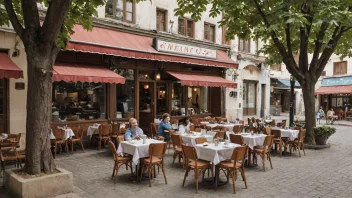The Balkans, a region steeped in history and culture, offers a myriad of hidden gems waiting to be uncovered. While many travelers flock to famous destinations like Dubrovnik or Sarajevo, there are countless lesser-known historical sites that provide a deeper understanding of the region's rich past. From ancient ruins to forgotten castles, the Balkans are a treasure trove for history enthusiasts.
One of the most intriguing hidden sites is the Roman amphitheater in Pula, Croatia. Nestled in the heart of the city, this well-preserved structure dates back to the 1st century AD and is one of the six largest surviving Roman amphitheaters in the world. Visitors can explore its impressive architecture and imagine the gladiatorial games that once took place here.
Another captivating site is the town of Kotor in Montenegro, which boasts a stunning medieval architecture set against dramatic mountains. The well-preserved old town is a UNESCO World Heritage Site, and while it can attract crowds, the lesser-known St. John's Fortress offers a breathtaking panoramic view of the bay and is often overlooked by tourists. The hike to the fortress is steep but rewarding, leading you through ancient walls and crumbling fortifications.
In Bosnia and Herzegovina, the town of Jajce is home to a unique combination of natural beauty and historical significance. The town features a beautiful waterfall that cascades into the Pliva River and is surrounded by remnants of ancient fortifications. The nearby Pliva Lakes offer a serene escape, where visitors can enjoy kayaking or fishing while soaking in the surrounding history.
For those interested in the Ottoman Empire's influence, a visit to the town of Mostar is essential. While the famous Stari Most bridge is well-known, the nearby Koski Mehmed Pasha Mosque offers an intimate glimpse into the local history and architecture. Climbing the minaret provides stunning views of the old town and the Neretva River, making it a worthwhile stop.
Traveling through the Balkans also offers opportunities to explore ancient monasteries. The Ravanica Monastery in Serbia, built in the 14th century, showcases stunning frescoes and serene grounds that invite contemplation. Visiting these spiritual sites can provide insight into the region's diverse religious heritage.
In conclusion, the Balkans are brimming with hidden historical sites that offer a unique perspective on the region's past. From the Roman amphitheater in Pula to the medieval charm of Kotor and the tranquil beauty of Jajce, each destination tells a story waiting to be discovered. As you plan your travels, consider venturing off the beaten path to explore these remarkable sites, enriching your journey with the history that shapes the Balkans today.






